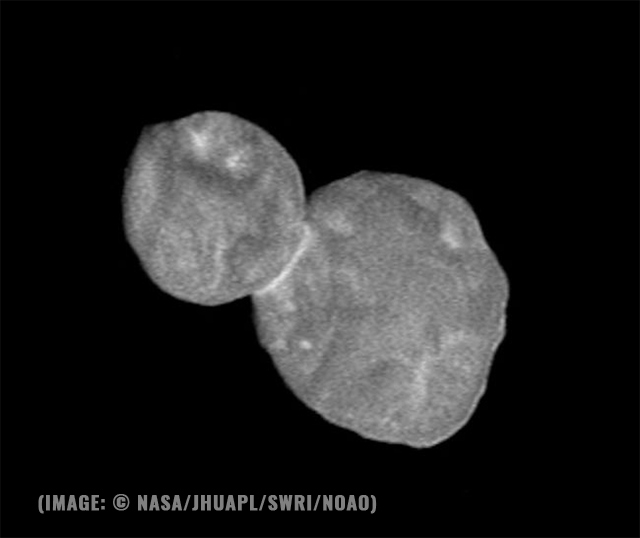New discoveries on a widely-studied material changes how scientists view polymers
04/07/2019 / By Edsel Cook

Every year, more than a thousand research teams publish the results of their individual investigations into the properties and potential uses of poly(3,4-ethylenedioxythiophene) (PEDOT). But the latest Swedish study suggests that all of those earlier examinations of the organic polymer were based on incorrect assumptions of how PEDOT actually worked.
The findings of the Linköping University (LiU) team could cause considerable changes in the way researchers view one of the most widely studied materials in human history. In turn, this could lead to new discoveries about the properties and possible applications of the polymer.
PEDOT is an organic material that possesses many unique properties. It promises to bring all kinds of benefits to bio-electronic parts, electrodes, light-emitting diodes (LEDs), photovoltaic cells, soft displays, and other electronic devices.
Understandably, many researchers consider the polymer to be the solution to a lot of materials-based problems. However, most studies have been restricted to experiments.
For every thousand studies conducted on PEDOT, less than one succeeded in coming up with a working theory on any of the properties of the polymer. The same low success rate applied to the many attempts at understanding the electronic structure of PEDOT. (Related: Researchers develop a fuel cell from lignin, a byproduct of paper manufacturing.)
Thousands of researchers have been analyzing PEDOT with the wrong models
LiU researcher Igor Zozoulenko recently concluded a new study on the optical properties and electronic structure of PEDOT. Published in the journal ACS Applied Polymer Materials, his findings went against a considerable amount of the earlier research on those same topics.
“The age of trial and error research should be over,” he claimed. “I cannot imagine how it would be possible today to develop a new material without having a deep theoretical understanding of the underlying principles that determine its properties.”
Zouzoulenko explained that the density functional theory (DFT) is considered the best model for calculating the properties of materials. First used in chemistry during the 1990s, DFT is extremely efficient at computing the densities of electrons in terms of quantum mechanics. It became one of the standardized methods of measuring objects in many branches of material science.
But DFT is rarely used to measure organic conducting polymers like PEDOT. Instead, most researchers use different calculation models from the 1980s.
The LiU research team evaluated these earlier models when it came to measuring PEDOT’s properties. They found that the older models were flawed and inaccurate; using such incorrect data would lead to mistaken conclusions.
“Many of the analyses that have been presented in scientific articles about PEDOT will have to be re-visited and revised,” said Zozoulenko.
Newer quantum mechanics-based method should be used to accurately analyze PEDOT
The biggest discrepancy in the older calculation models involved the optical absorption of the material. This property controlled the amount of light reflected or emitted by a material. It determined whether or not an object could serve as a soft display, solar cell, or similar light-related device.
The electronic structure of the material determines its optical absorption and the other properties that fall under the optical spectrum – the color of the light given off by an object. Because researchers used outdated models to compute these properties, they ended up with the wrong ideas about PEDOT.
PEDOT received its considerable conductivity thanks to the addition of a doping agent. This chemical compound broke the pairing between electrons in the atoms of a material like PEDOT.
Adding more and more doping agent to PEDOT caused the material to change its color. The shift in the optical properties of the polymer could be accurately described by DFT, but not by the older methods.
Sources include:
Tagged Under: breakthrough, Chemistry, discoveries, future science, future tech, materials, materials science, PEDOT, physics, polymers, quantum chemistry, quantum mechanics, research, scientific, solar cell



















